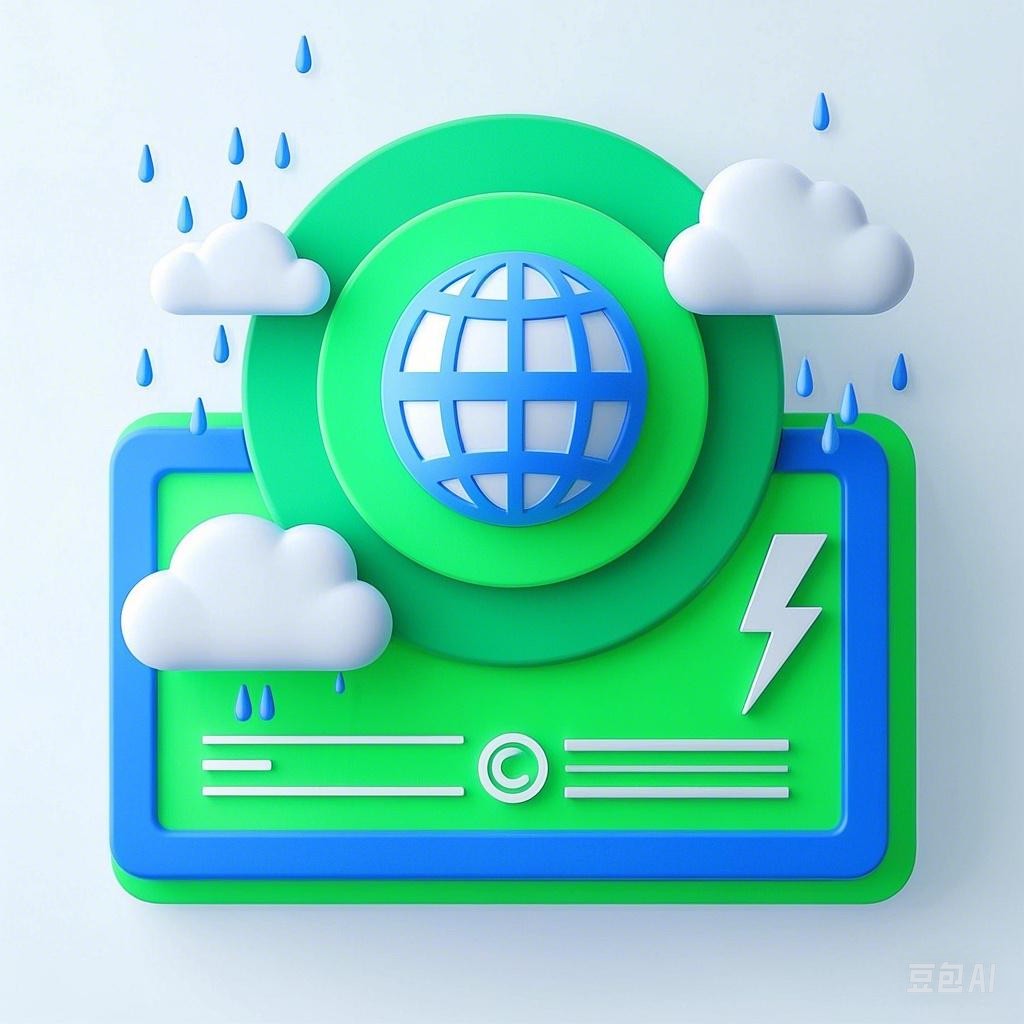Natural disasters can strike at any time, causing widespread damage and disruption to communities. In such situations, access to essential medicines becomes crucial for treating injuries, managing chronic conditions, and preventing the spread of diseases. This guide provides an overview of essential medicines for natural disaster response, highlighting their importance, selection criteria, and distribution strategies.
Importance of Essential Medicines in Natural Disaster Response
1. Treating Acute Injuries
Natural disasters often result in injuries such as fractures, burns, and lacerations. Essential medicines, such as analgesics (e.g., paracetamol, ibuprofen), antibiotics (e.g., amoxicillin), and antiseptics (e.g., povidone-iodine), are vital for treating these injuries and preventing infection.
2. Managing Chronic Conditions
People with chronic conditions like diabetes, hypertension, and asthma require ongoing medication to manage their conditions. During a natural disaster, access to these medicines can be compromised, leading to complications and exacerbation of symptoms. Ensuring a supply of essential medicines for these patients is crucial.
3. Preventing and Treating Diseases
Natural disasters can create favorable conditions for the spread of infectious diseases, such as cholera, dysentery, and dengue fever. Essential medicines like antibiotics, antimalarials, and oral rehydration salts are essential for preventing and treating these diseases.
Selection Criteria for Essential Medicines
1. Therapeutic Efficacy
The selected medicines should have proven efficacy in treating the common diseases and conditions that may arise during a natural disaster.
2. Safety
Medicines should have a good safety profile, with minimal side effects and interactions.
3. Stability
Medicines should be stable at ambient temperatures, as refrigeration may not be available during a disaster.
4. Accessibility
The medicines should be readily available and affordable, ensuring that they can be distributed to those in need.
5. Cost-Effectiveness
The cost of the medicines should be reasonable, ensuring that a sufficient supply can be procured and distributed.
List of Essential Medicines for Natural Disaster Response
1. Analgesics
- Paracetamol (Acetaminophen)
- Ibuprofen
2. Antibiotics
- Amoxicillin
- Ciprofloxacin
- Metronidazole
3. Antiseptics
- Povidone-iodine
- Chlorhexidine
4. Antimalarials
- Artemether-lumefantrine
- Doxycycline
5. Antivirals
- Oseltamivir (Tamiflu)
- Zanamivir (Relenza)
6. Antifungals
- Fluconazole
- Itraconazole
7. Antihistamines
- Diphenhydramine
- Cetirizine
8. Antidiabetics
- Metformin
- Insulin
9. Antihypertensives
- Lisinopril
- Amlodipine
10. Asthma Medications
- Salbutamol
- Budesonide
11. Oral Rehydration Salts (ORS)
- Sodium chloride
- Potassium chloride
- Dextrose
12. Vaccines
- Tetanus toxoid
- Hepatitis A and B
- Influenza
Distribution Strategies for Essential Medicines
1. Prepositioning
Stockpiling essential medicines in strategic locations, such as warehouses or medical supply centers, can ensure a quick response to a disaster.
2. Mobile Medical Teams
Deploying mobile medical teams equipped with essential medicines can provide on-site treatment and distribution of medicines to affected areas.
3. Collaboration with NGOs and Government Agencies
Collaborating with non-governmental organizations (NGOs) and government agencies can help in procuring, storing, and distributing essential medicines efficiently.
4. Community Engagement
Engaging with local communities to identify their needs and distribute medicines effectively is crucial for ensuring that those in need receive the necessary treatment.
Conclusion
Essential medicines play a vital role in natural disaster response by treating injuries, managing chronic conditions, and preventing the spread of diseases. By following the selection criteria and distribution strategies outlined in this guide, healthcare providers and organizations can ensure that essential medicines are readily available and effectively utilized during times of crisis.
